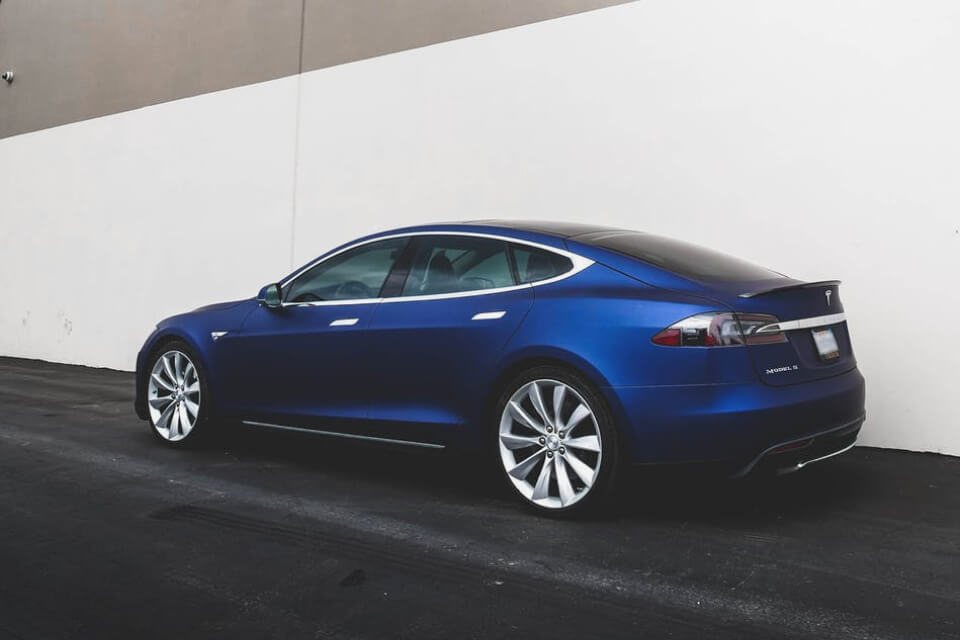The rise of subscription-based car ownership has become a popular alternative to traditional car buying and leasing. This model offers consumers the flexibility to pay a monthly fee for access to a vehicle, along with the convenience of maintenance and insurance included in the package. While this approach has its advantages, there are also potential drawbacks to consider when exploring this option. In this article, we will explore the pros and cons of subscription-based car ownership.
Many consumers are curious about the cost-effectiveness of subscription-based car ownership compared to traditional methods. They also wonder about the variety of vehicles available under this model and the potential limitations on mileage and usage. Additionally, there is interest in understanding the process of swapping or upgrading vehicles within a subscription service, as well as the implications for credit scores and long-term financial commitments. These are all important factors to consider when evaluating the pros and cons of this emerging trend in car ownership.
The Rise of Subscription-Based Car Ownership
Subscription-based car ownership is a new trend in the automotive industry that allows consumers to pay a fixed monthly fee for access to a vehicle, including insurance, maintenance, and roadside assistance. This model is gaining popularity as an alternative to traditional car ownership and leasing, offering more flexibility and convenience to consumers.
With subscription-based car ownership, consumers can choose from a variety of vehicle options and easily switch between models based on their needs and preferences. This model also eliminates the hassle of selling or trading in a car, as subscribers can simply return the vehicle at the end of the subscription period.
Pros of Subscription-Based Car Ownership
One of the main advantages of subscription-based car ownership is the convenience it offers to consumers. With a fixed monthly fee, subscribers can access a vehicle without having to worry about additional costs such as insurance, maintenance, and roadside assistance. This predictable cost structure can make budgeting easier for individuals and families.
Another benefit is the flexibility to switch between vehicles based on changing needs. For example, subscribers can opt for a larger vehicle for a family road trip and then switch to a smaller, more fuel-efficient car for daily commuting. This flexibility allows consumers to adapt to different lifestyle and transportation needs without the long-term commitment of traditional ownership or leasing.
Cons of Subscription-Based Car Ownership
While subscription-based car ownership offers convenience and flexibility, it may come with a higher overall cost compared to traditional ownership or leasing. The monthly subscription fee may include various services, but it can add up to a significant amount over time. Consumers should carefully compare the total cost of ownership, including subscription fees, with other ownership or leasing options.
Another potential downside is the limited availability of subscription-based car ownership programs. Not all automakers and dealerships offer this model, which may limit options for consumers in certain regions. Additionally, the terms and conditions of subscription programs can vary widely, so it’s important for consumers to thoroughly review the details before committing to a subscription.
Environmental Impact of Subscription-Based Car Ownership
Subscription-based car ownership has the potential to reduce the environmental impact of personal transportation. By offering access to a variety of vehicles, including electric and hybrid models, this model can encourage consumers to choose more sustainable transportation options. Additionally, the flexibility to switch between vehicles based on needs can lead to more efficient use of resources and reduced overall vehicle ownership.
However, it’s important to consider the environmental impact of manufacturing and maintaining a larger fleet of vehicles for subscription-based programs. Automakers and subscription providers should prioritize sustainable practices and vehicle maintenance to minimize the environmental footprint of this model.
Consumer Behavior and Subscription-Based Car Ownership
Subscription-based car ownership has the potential to influence consumer behavior and preferences in the automotive industry. This model may encourage consumers to prioritize access over ownership, leading to a shift in the way people perceive and use personal vehicles. As subscription programs continue to evolve, they may impact the demand for new and used cars, as well as the development of mobility solutions.
Additionally, subscription-based car ownership can appeal to consumers who prefer a more seamless and technology-driven experience. Integrating digital platforms and mobile apps can enhance the convenience of subscribing to a vehicle and managing related services, appealing to tech-savvy consumers.
Regulatory and Legal Considerations for Subscription-Based Car Ownership
As subscription-based car ownership becomes more prevalent, regulatory and legal considerations will play a crucial role in shaping this model. Government agencies and policymakers may need to address licensing, insurance, and liability issues specific to subscription programs. Clear regulations and consumer protections will be essential to ensure the safety and rights of subscribers.
Additionally, automakers and subscription providers will need to navigate legal complexities related to vehicle ownership, maintenance, and financial arrangements. Collaborating with legal experts and industry stakeholders can help establish transparent and compliant practices for subscription-based car ownership.
Impact on Traditional Car Ownership and Leasing
The rise of subscription-based car ownership has the potential to disrupt traditional car ownership and leasing models. As more consumers embrace the flexibility and convenience of subscription programs, traditional dealerships and leasing companies may need to adapt their offerings to remain competitive. This shift could lead to new pricing strategies, service bundling, and customer retention efforts in the automotive industry.
Furthermore, automakers may explore new partnerships and business models to capitalize on the subscription trend. Collaborating with subscription providers and investing in mobility services can help manufacturers stay relevant in a changing market landscape driven by evolving consumer preferences.
Future Evolution of Subscription-Based Car Ownership
Looking ahead, subscription-based car ownership is likely to continue evolving to meet the needs and expectations of consumers. This model may expand to include a wider range of vehicle options, including luxury and performance cars, as well as specialized transportation solutions such as electric scooters and bicycles. Additionally, advancements in technology and connectivity may enhance the user experience and convenience of subscribing to a vehicle.
As subscription programs become more prevalent, industry stakeholders will also focus on optimizing the sustainability and efficiency of this model. This may involve streamlining vehicle logistics, implementing eco-friendly practices, and leveraging data insights to improve the overall value proposition for subscribers.
| Pros | Cons |
|---|---|
| Convenient and flexible | May be more expensive in the long run |
| Includes maintenance and insurance | Limited selection of vehicles |
| No long-term commitment | Restrictions on mileage and usage |
| Opportunity to drive different cars | Not available in all areas |
Subscription-based car ownership offers convenience and flexibility, including maintenance and insurance in the subscription. However, it may be more expensive in the long run and comes with limitations on vehicle selection, mileage, and usage. While it provides an opportunity to drive different cars, it is not available in all areas.



